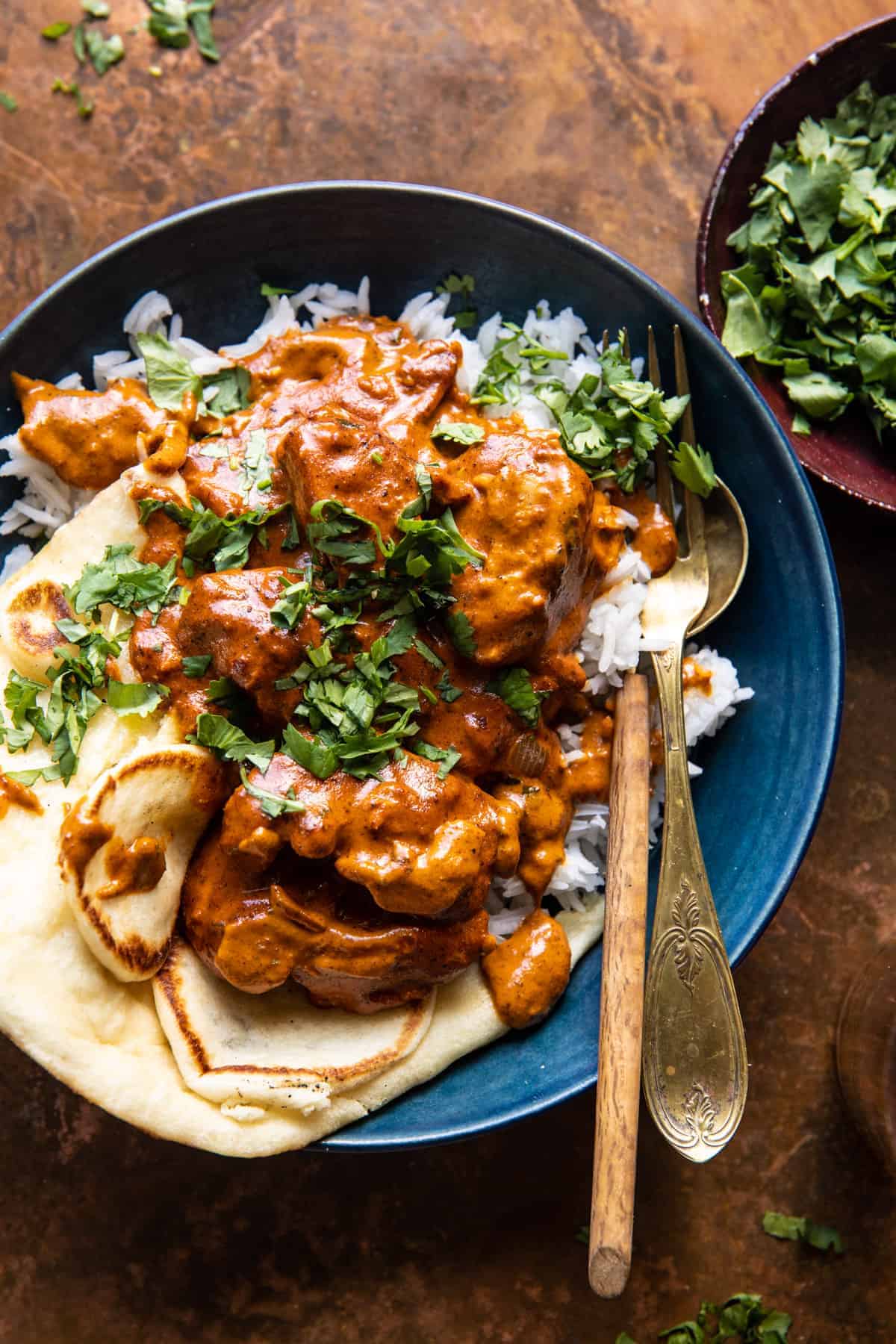A Parent’s Classic Guide to Spicy Indian Recipes
Hello there, dear parents! Imagine this: the savory scent of spice-infused Indian cuisine wafts through your home, igniting excitement in the little bellies of your precious ones. Sounds enticing, doesn’t it?
A Journey through Indian Cuisine
Welcome to our delightful journey, exploring the vibrant tastes and aromas of traditional Indian recipes. Never tried Indian cooking before? No worries – you’re in the right place. Whether you’re a seasoned cook or a culinary novice, this guide aims to make it as joyful and straightforward for you to explore the exotic world of Indian cooking!
Why Indian Recipes?
Let’s answer the burning (pun intended!) question first – why should you, as parents, explore Indian recipes? Well, Indian cuisine offers an abundant palette of flavors, from pleasant sweetness to fiery spices, alongside everything in between. More importantly, it’s also a brilliant way to introduce your children to diverse foods and cultures early in life, fostering a more open and adventurous palate for them.
The Magic of Spices
Ah, spices – the heart and soul of Indian cuisine! From the earthy intensity of cumin to the bold heat of chilli, Indian cooking is all about masterfully blending these tastes into a harmonious melody that dances upon the tongue. But fear not, we’ll guide you every step of the way, helping you navigate this rich sea of flavors while offering handy tips for adjusting the heat level to make these spicy Indian dishes more kid-friendly.
Time-Saving Tips & Tricks for Busy Parents
We understand – as parents, often the biggest challenge is finding the time to cook. That’s why our guide features simple, time-saving tips to help you whip up finger-licking Indian dishes without spending hours in the kitchen.
So, parents, are you ready to embark on this culinary adventure? Let’s get started!
Stay tuned, as the journey ahead promises to be a vibrant affair of culinary delights, packed with handy tips, fun facts, and, of course, a treasury of delicious Spicy Indian Recipes. From appetizers to main courses, from desserts to drinks, let’s bring the charm of Indian cooking to your family’s dining table!

Essential Spices for Indian Cooking
Regardless of how simple or intricate your spicy Indian recipe may be, there are a few staple spices that you’ll need in your pantry.
Coriander
Coriander seeds, whether used whole or ground, infuse your recipes with a floral, slightly lemony flavor that’s key to traditional Indian foods.
Cumin
Cumin offers a robust, earthy flavor to dishes. It is primarily used in two forms – as whole seeds or ground powder – each presenting unique flavour profiles.
Turmeric
Turmeric acts as a natural colouring agent, lending a characteristic golden hue to your dishes. Along with its colour, Turmeric packs potential health benefits too!
Red Chili Powder
This is what lends the ‘spicy’ element to Indian dishes. However, for little ones, consider starting with small quantities or simply skipping it.
Kid-friendly Spicy Indian Dishes
These recipes have been carefully chosen, considering your kids’ tastes and the level of spice.
Butter Chicken
Favored by children and adults alike, this mild, creamy dish is full of flavor but not overly hot. Perfect to be served with basmati rice or naan bread.
Aloo Gobi
A scrumptious vegetarian dish using potatoes and cauliflower, cooked with mild spices and garnished with fresh cilantro.
Chana Masala
Chickpeas, tomatoes, and a balanced blend of spices make this a healthy, flavorful, non- spicy option for the kiddos.
Ending Notes
Remember, the magic of Indian cooking lies in the flexibility of its recipes. Each dish can be beautifully tweaked according to your family’s taste.
Cooking Indian food provides an excellent opportunity to engage your children in the kitchen, make meal times more adventurous and sneak in those veggies they’re not so keen on otherwise. Indeed, bringing Indian spices into your kitchen can be your stepping stone to a whole new culinary world!
We hope this guide helps you confidently whip up some deliciously spicy Indian recipes for your family. So, what are you waiting for? Aprons on, spices ready, let the Indian culinary journey begin! Happy Cooking!
Preparing for Spicy Indian Recipes: 5 Things Parents Should Know
1. Understand Your Child’s Spice Tolerance
Before diving into the world of spicy Indian cuisine, take note of your child’s spice tolerance. Spices such as cayenne pepper and red chili powder, commonly used in Indian recipes, may be overwhelming for young taste buds. Start slow and gradually introduce more spicy foods.
2. Knowledge of Basic Ingredients is Paramount
Indian spices like turmeric, cumin, coriander and cardamom are cornerstones of many recipes. Familiarize yourself with these spices, including their flavors and health benefits, to enhance your cooking and comfort your child about trying something new.
3. Preparation and Cooking Time
Indian dishes often require marination time, extensive prep, and slow cooking for flavors to infuse just right. For your convenience, consider preparing some ingredients ahead or choosing recipes which are less time-consuming.
4. Adjust Spice Level Without Compromising Flavor
Should your child find the flavors too strong, it’s entirely possible to reduce the spices without diminishing the traditional tastes. Opt for mild spices like coriander, fenugreek, and cumin, and gradually add in the rest as per your child’s preference.
5. Healthy and Nutritious
Indian cuisine is not just flavorful, but also packed with nutritional benefits due to its emphasis on fresh ingredients and variety of spices. Assure your children about the health-enhancing aspects of Indian meals to create a positive food association.
The exciting world of spicy Indian recipes can be a culinary journey for the entire family. By considering these factors, you can prepare delicious and child-friendly Indian dishes that everyone will love.
For more great articles please see here. For more information see here
Disclaimer
The articles available via our website provide general information only and we strongly urge readers to exercise caution and conduct their own thorough research and fact-checking. The information presented should not be taken as absolute truth, and, to the maximum extent permitted by law, we will not be held liable for any inaccuracies or errors in the content. It is essential for individuals to independently verify and validate the information before making any decisions or taking any actions based on the articles.




